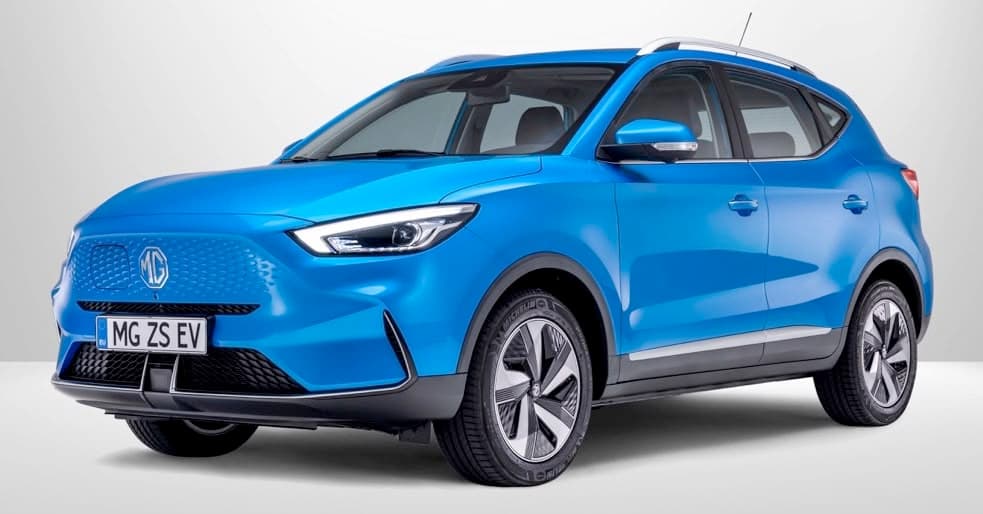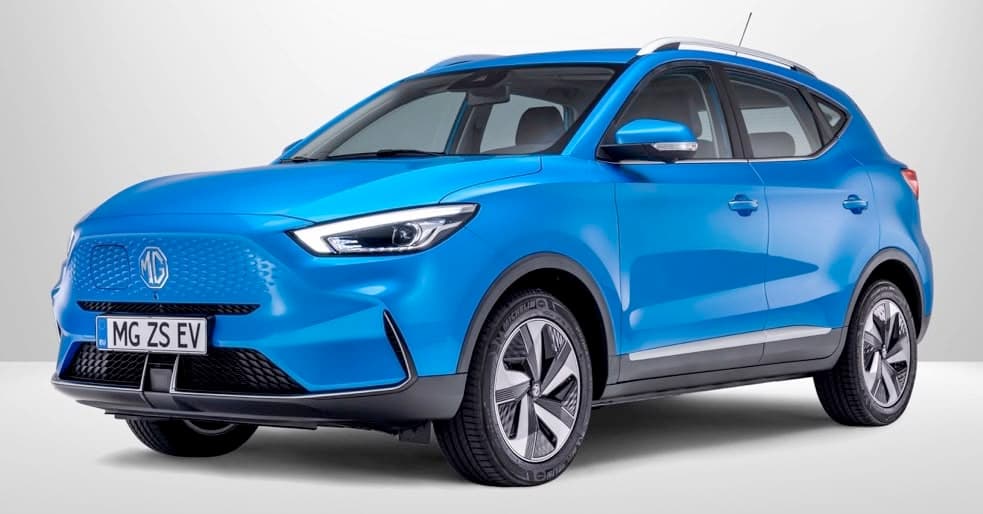MG ZS EV

Range (WLTP)
263 - 440 km
Battery Size
44.5 - 72.6 kWh
Variants
The second-generation ZS EV adds over 50 km range with its new LiFePO battery. The popular small SUV is a New Zealand favourite due to its aggressive pricing. With two trim levels, Excite and Essence, and a towing capacity of 500 kg.
This variant ended in 2025, with the vehicle being replaced by the MG S5 EV.
Performance
0-100 km/h
8.2 sTotal Power
130 kWTorque
280 NmTop Speed
175 km/hDrive
FWDRange & Efficiency
WLTP Range
320 kmWLTP Consumption
177 Wh/kmHighway Range
250 kmYour Real Range
Calculate Battery & Charging
Battery (nominal)
51 kWhBattery (usable)
49 kWhBattery type
LFPAC Charging
11 kWDC Charging
75 kWVehicle-to-Load (V2L)
YesDimensions & Weight
Length
4323 mmWidth
1809 mmHeight
1649 mmGround Clearance
161 mmWeight
1570 kgShape
Small SUVSeats
5Storage & Towing
Boot Space
359 LBoot Space (Max)
1187 LFrunk
—Towing (Braked)
500 kgTowing (Unbraked)
500 kgHow many MG ZS EV have been sold in NZ?
There have been 3,866 registered to date (all NZ new).
MG ZS EV registrations
Monthly units (includes new and used import)

